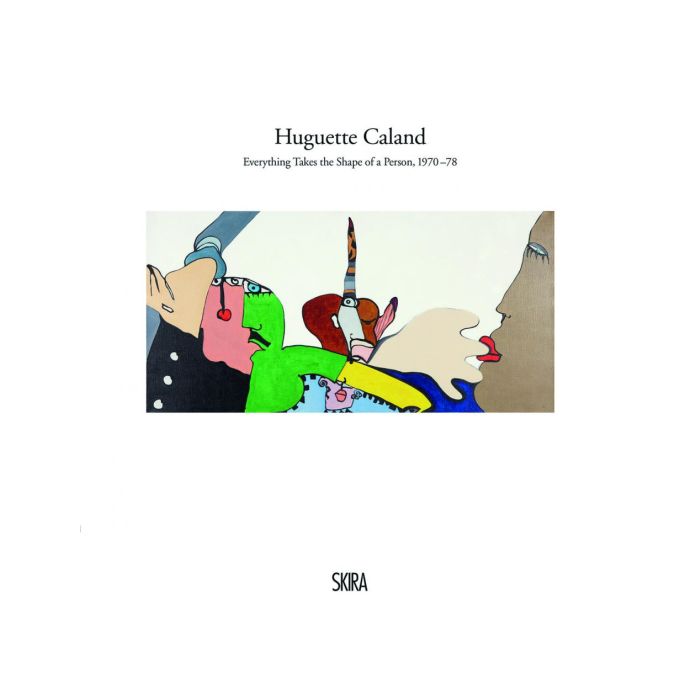My Cart
Your cart is empty
Looks like you haven't made your choice yet.
- Subtotal
Huguette Caland

Everything Takes the Shape of a Person, 1970-78
- Skira (T&H)
- Aram Moshayedi (ed.)
More Information
| Publisher | Skira (T&H) |
|---|---|
| ISBN | 9788857235547 |
| Author(s) | Aram Moshayedi (ed.) |
| Publication date | February 2018 |
| Edition | Hardback |
| Dimensions | 240 x 240 mm |
| Illustrations | 133 col.ill. |
| Pages | 192 |
| Language(s) | Eng. ed. |
Description
This publication presents for the first time a concentrated look at Caland’s output from 1970 to 1979, with particular emphasis on works on paper and paintings that reflect the artist’s preoccupations with an erotic impulse. In the pages of the book, writers Kaelen Wilson-Goldie and Negar Azimi provide new perspectives on a body of work that has patiently awaited this kind of critical attention. Wilson-Goldie’s essay discusses the formative period of time that gave shape to Caland’s artistic development and the years preceding her move from Beirut to Paris. Azimi’s essay addresses the greater implications of the artist’s relation to female desire and the ways in which these interests had been translated into the drawings and paintings included in this volume. These critical assessments of Caland and her work are the first in-depth offerings to deal with the artist’s legacy, and it is the objective of this project to facilitate and enable further scholarship. A conversation between the artist and Lebanese author Hanan al-Shaykh, originally produced for Télé Liban in 1974, is also included to give greater insight into Caland’s conceptions of herself as an artist at this time. It is the first occasion this conversation has been made available in English.

Huguette Caland
